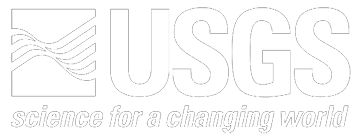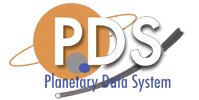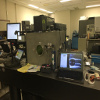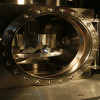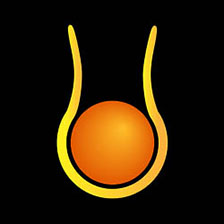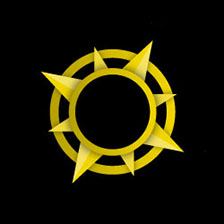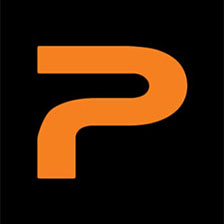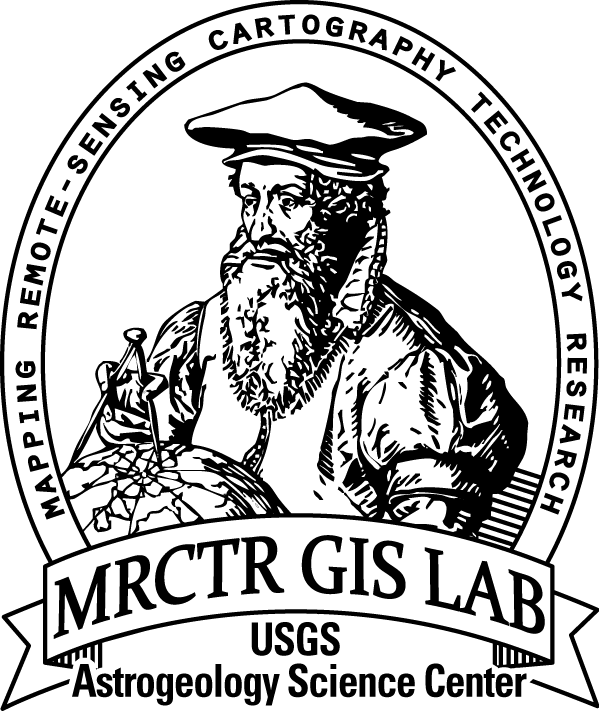Laser Induced Breakdown Spectroscopy (LIBS) Data for the Python Hyperspectral Analysis Tool (PyHAT)
As part of NASA PDART grant NNH15AZ89I, LIBS spectra of a suite of pressed powder samples were collected in the Spectroscopy and Magnetics Laboratory at Johnson Space Center (JSC) and on the ChemCam testbed at Los Alamos National Laboratory (LANL).
JSC Data
The JSC LIBS system uses a Nd:YAG 1,064 nm laser and a HR2000+ Ocean Optics spectrometer with a spectral range of 224.336 - 932.89 nm in 6144 spectral bands. The laser and spectrometer are mounted on top of the large (22”x22”x30”) environmental chamber, with the laser head pointing downward into the chamber. For all observations, the atmosphere was a Mars simulant mix of gases (95.7% CO2, 2.7% nitrogen, 1.6% argon, and 10 ppb methane), maintained at ~7 torr (exact pressures are recorded in the data file).
A total of 129 pressed-powder samples were analyzed using the JSC system. Each sample was analyzed in five locations at three different laser pulse energies (~8 mJ, ~11 mJ, and ~14 mJ). For each location and energy, the laser was pulsed at 10 Hz for three seconds, with the signal collection integrated in one second intervals. The result is 45 spectra per sample: 3 energies x 5 locations x 3 one-second integrations. Some samples have more or fewer spectra due to bad points or repeat observations, which are noted in the logbook file (JSC_logbook.xlsx) that accompanies the main data file (JSC_data.csv). For each sample, the data file also records the composition for major, minor, and trace elements as determined by XRF analysis of a split of the powder.
LANL Data
Data were also collected at LANL on the ChemCam engineering model. ChemCam uses a Nd:KGW laser to produce 5 ns pulses of 1067 nm light. The laser is expanded through a 110 mm diameter Schmidt-Cassegrain telescope that is focused on the target at a range of up to ~7 m. All data listed here were collected at a range of 1.6 meters. The three spectrometers each have 2048 spectral channels, for a total of 6144 channels in a full spectrum, spanning the range 240.811 nm – 905.5735 nm. In the data files here, the first wavelength channel has been removed due to anomalously high values after preprocessing, so the spectra have 6143 channels. The LANL lab uses a small vacuum chamber to analyze samples under Mars-like pressures. The laser reaches the samples through a 6” diameter fused silica window on the side of the chamber.
The samples analyzed at JSC had already been analyzed as part of the ChemCam calibration database at a pulse energy of 14 mJ. A subset of the samples were also analyzed at pulse energies of ~8 and ~11 mJ. Each sample was analyzed in five locations, with 50 laser pulses per location averaged together. As with the JSC data set, the data files also contain the XRF-derived compositions for each sample. The LANL spectra are provided in two forms: “cleaned, calibrated spectra” (CCS) and “no continuum removal” (NCR). CCS spectra (LANL_CCS.csv) have been processed using the standard ChemCam preprocessing steps including dark subtraction, wavelength calibration, instrument response correction, and continuum removal (Wiens et al., 2013). NCR spectra (LANL_NCR.csv) have had all of the same steps applied with the exception of continuum removal.
